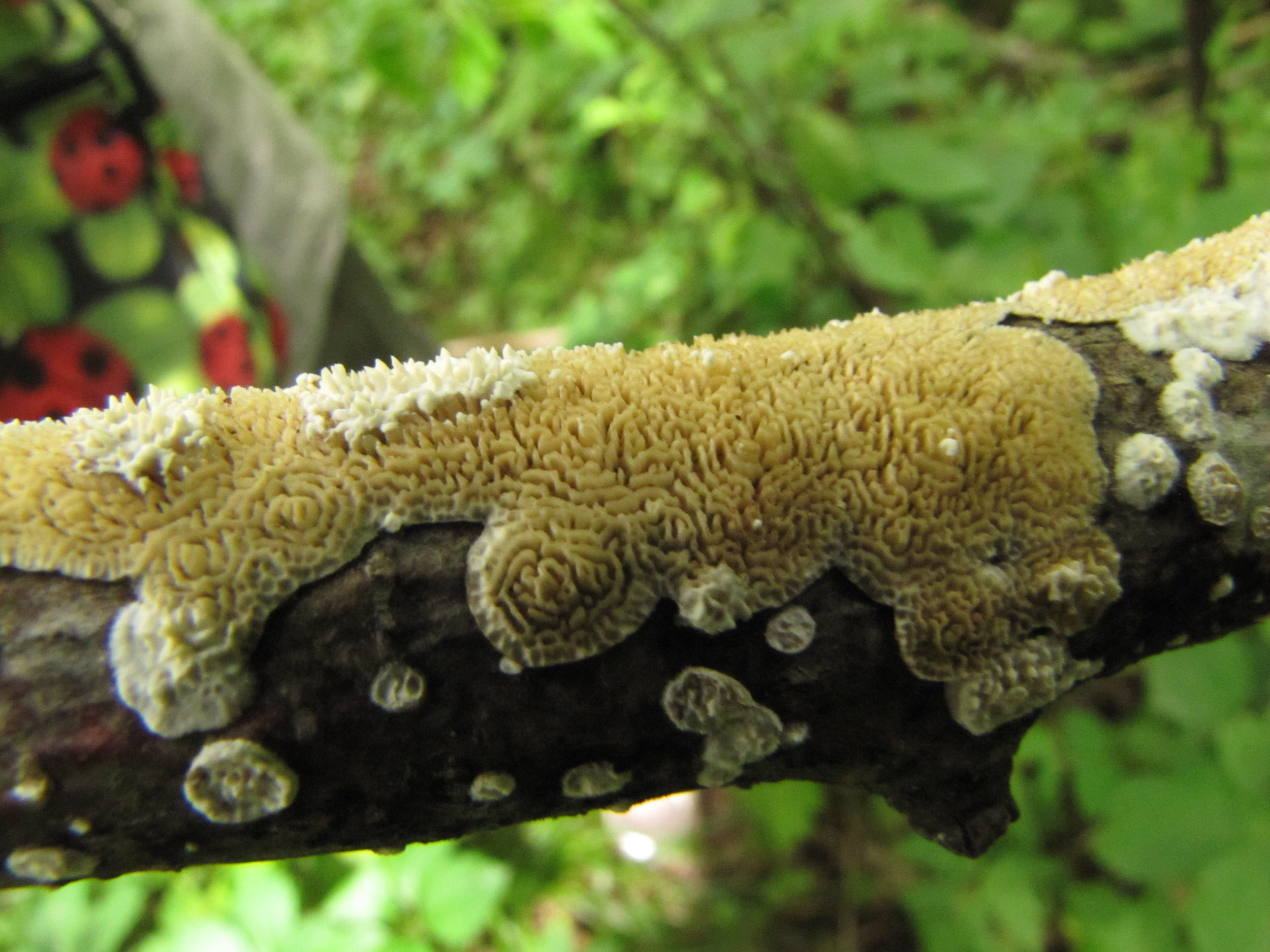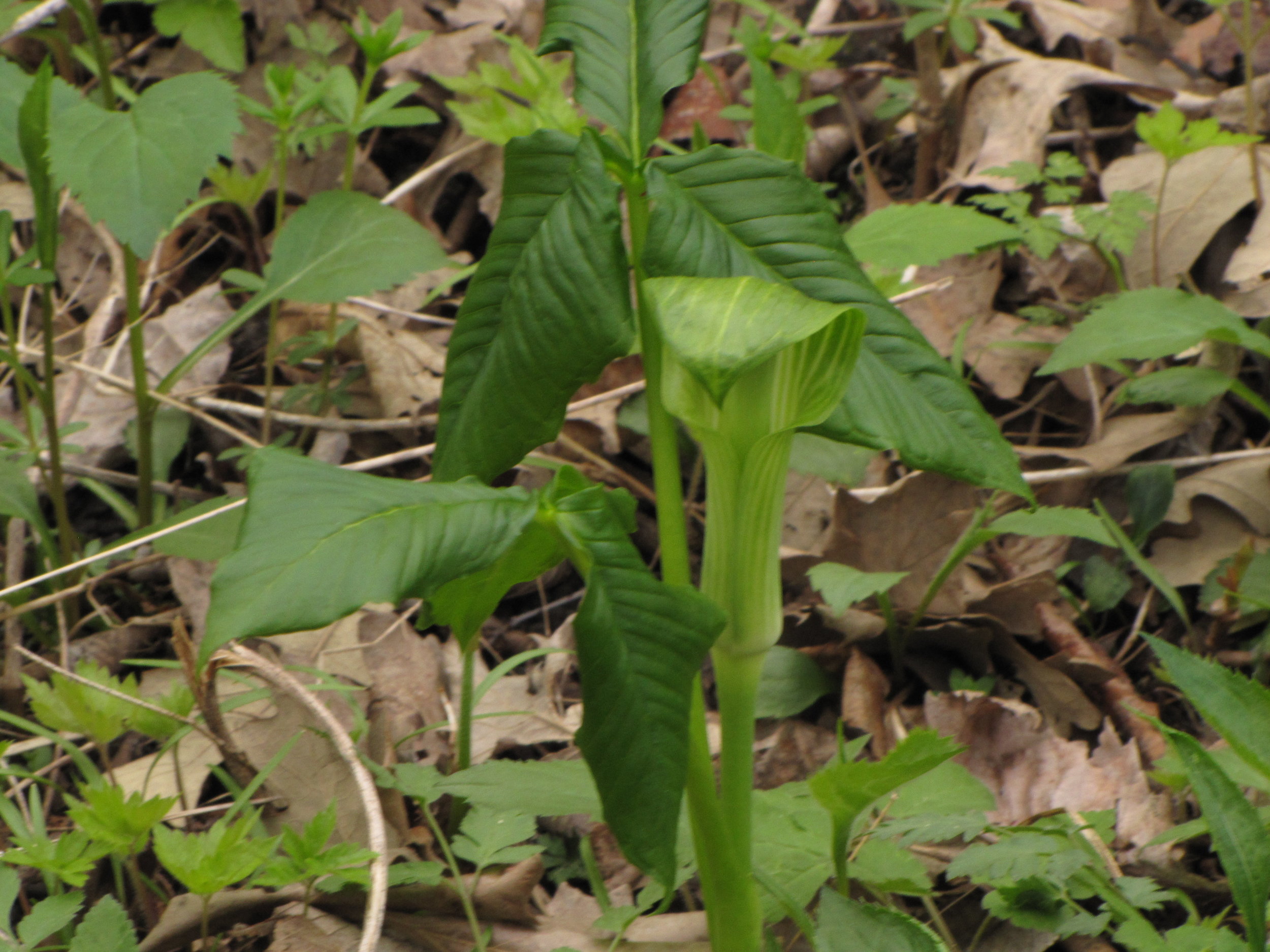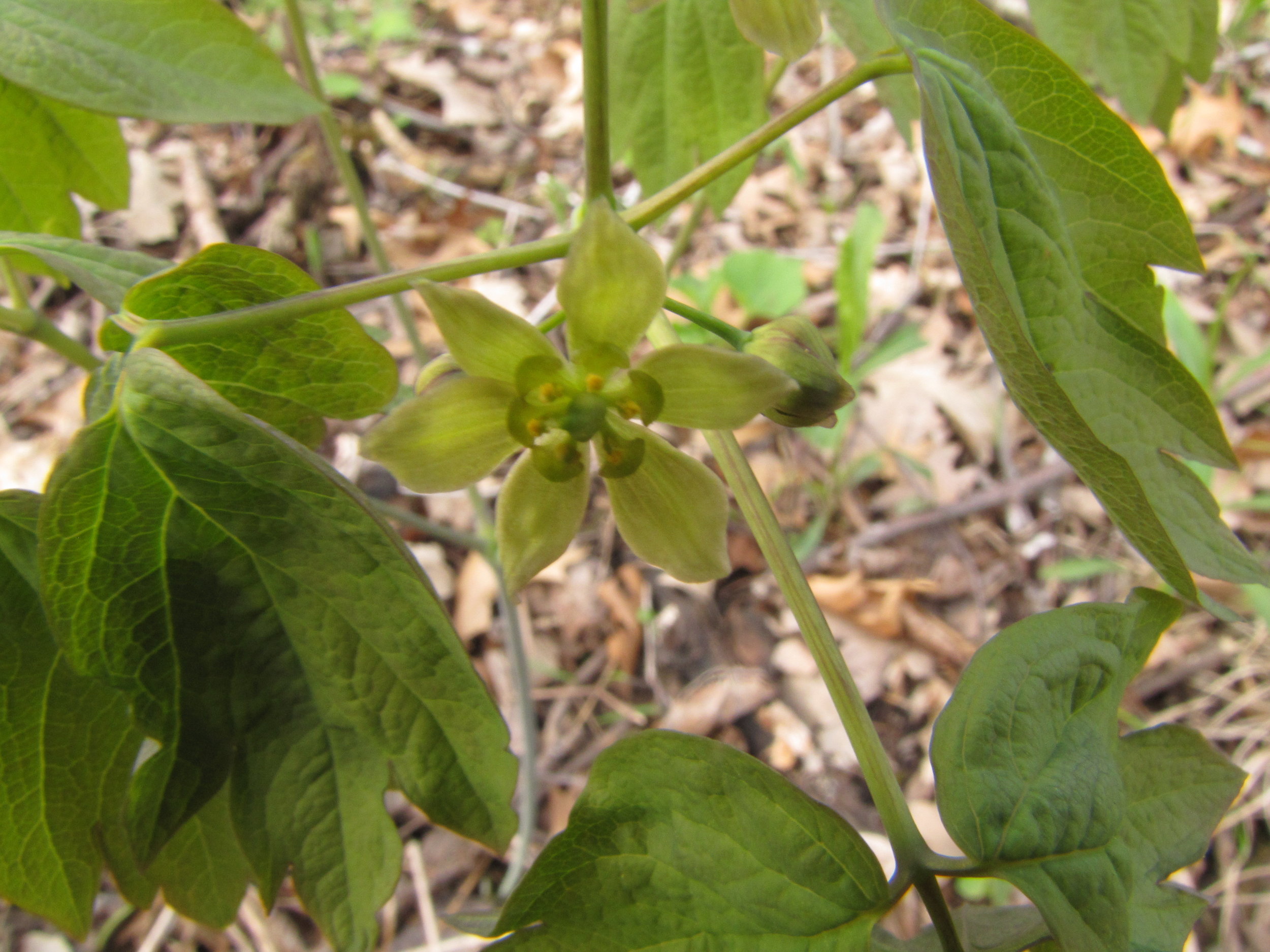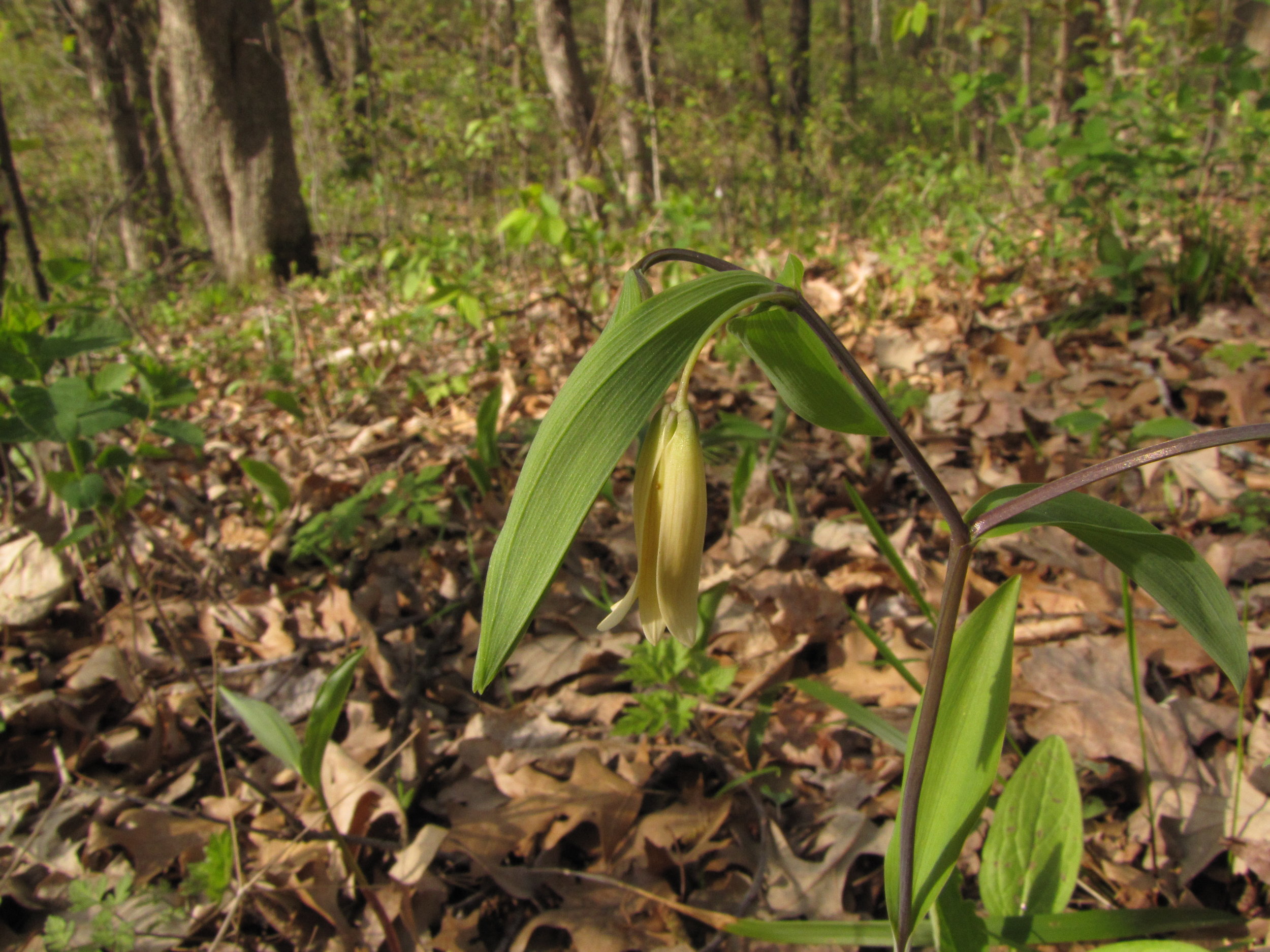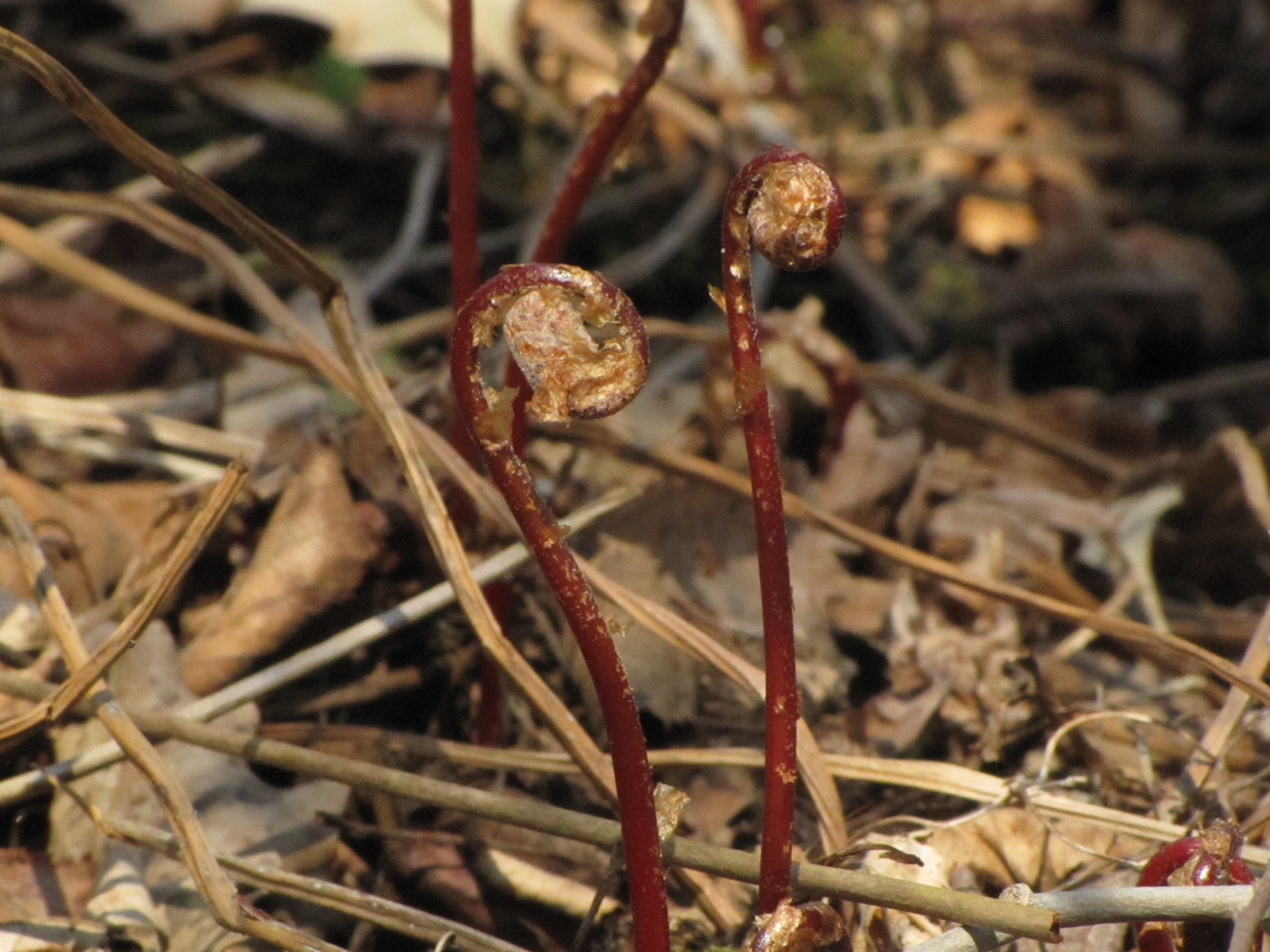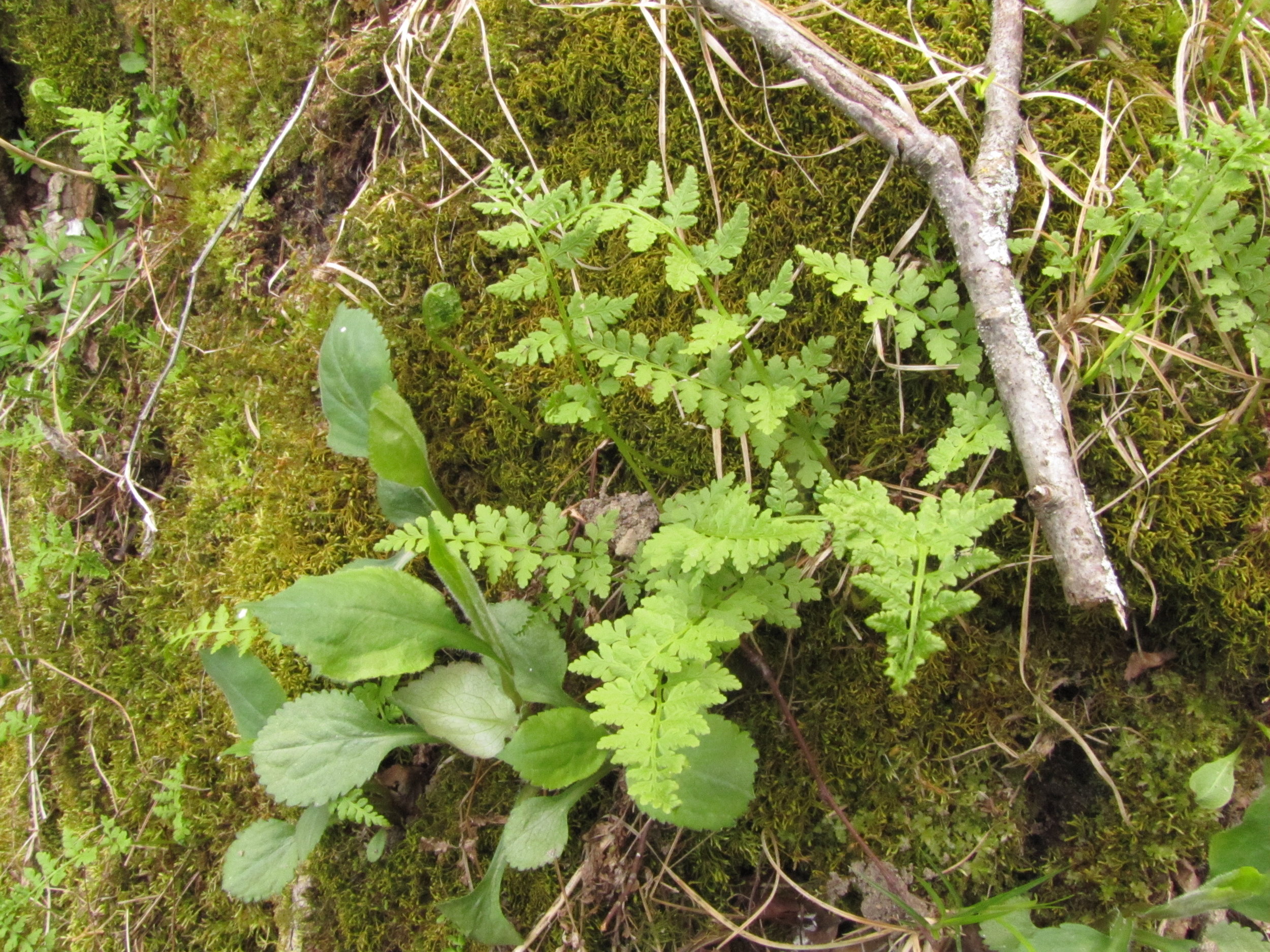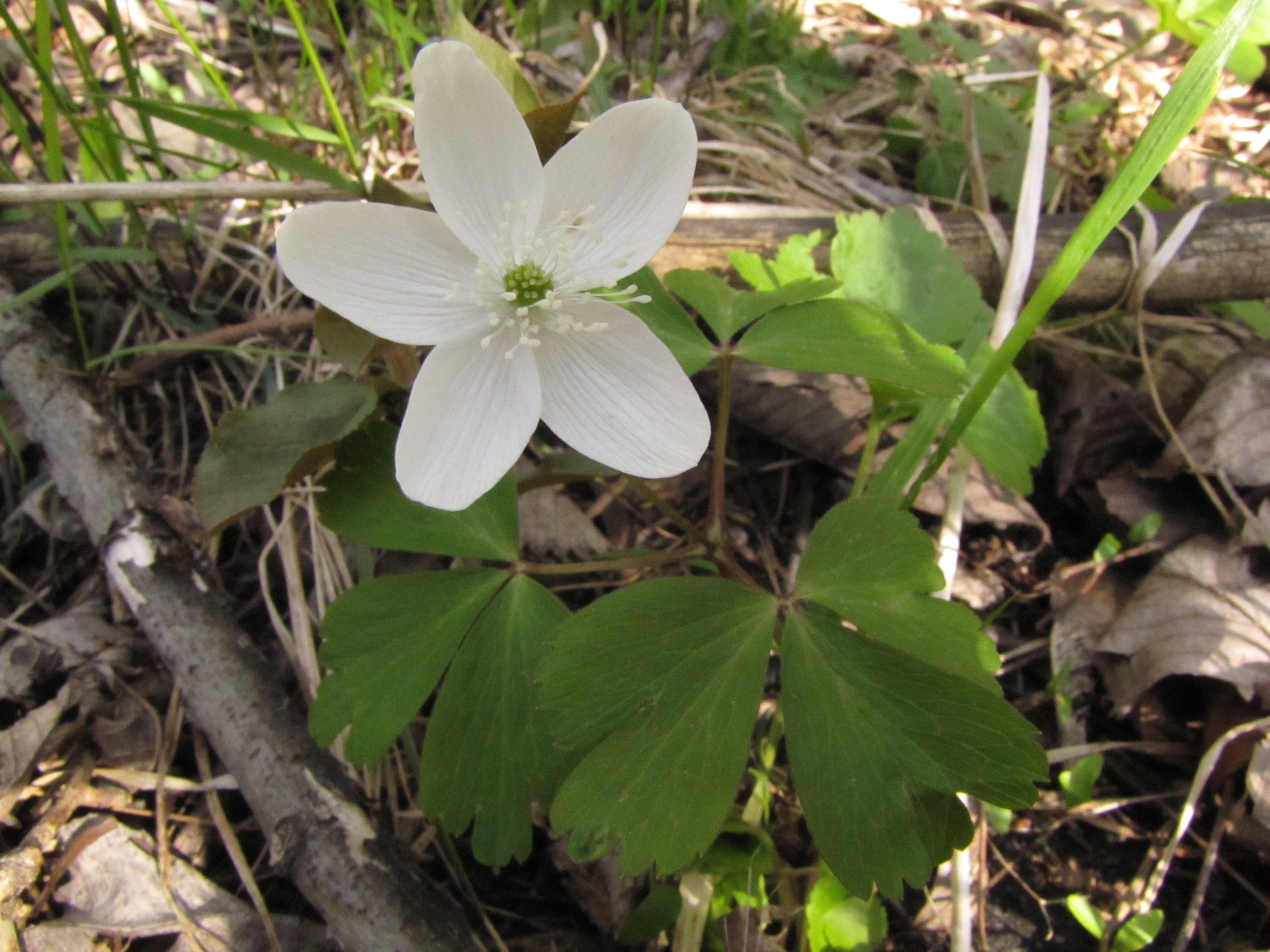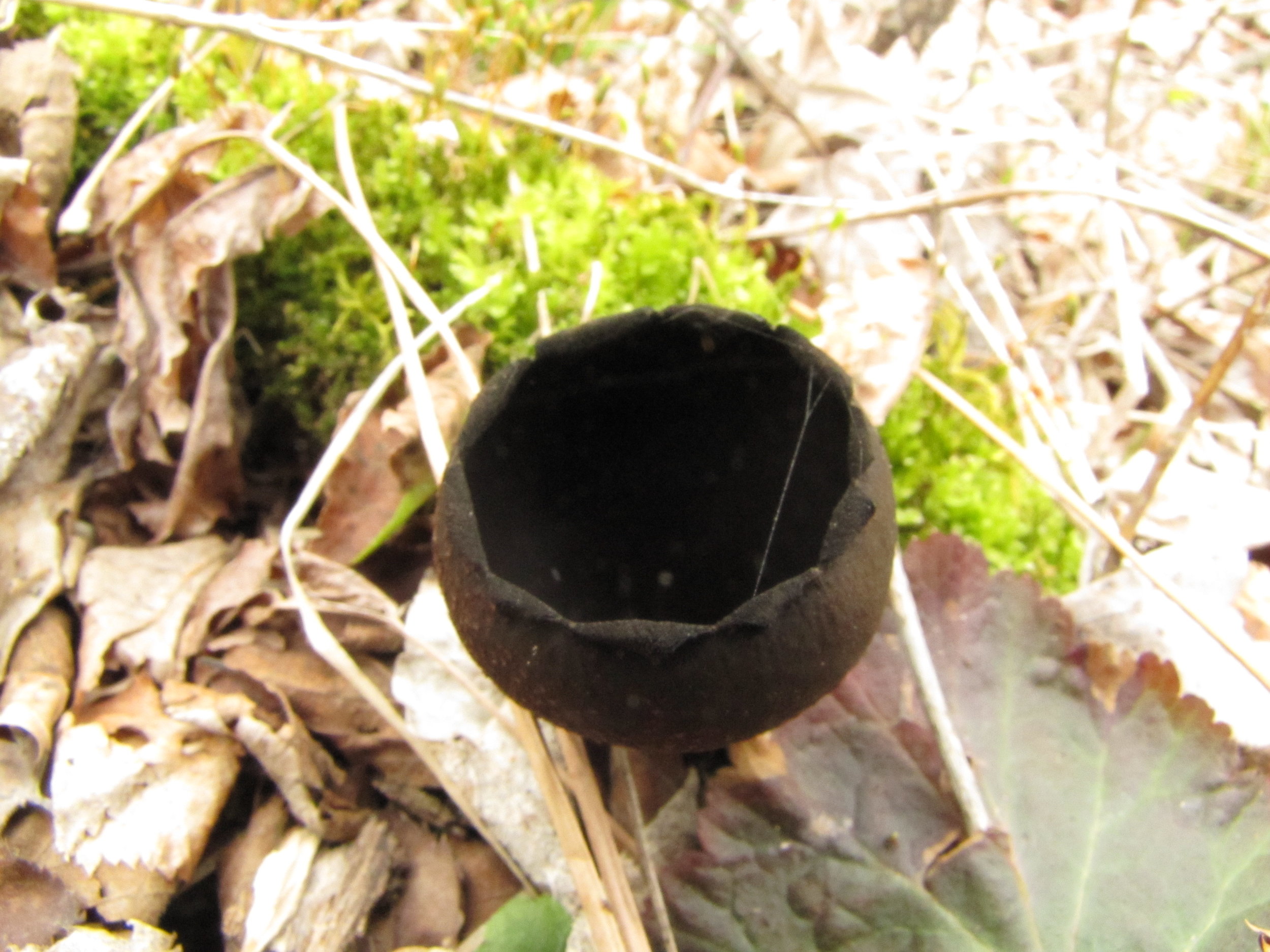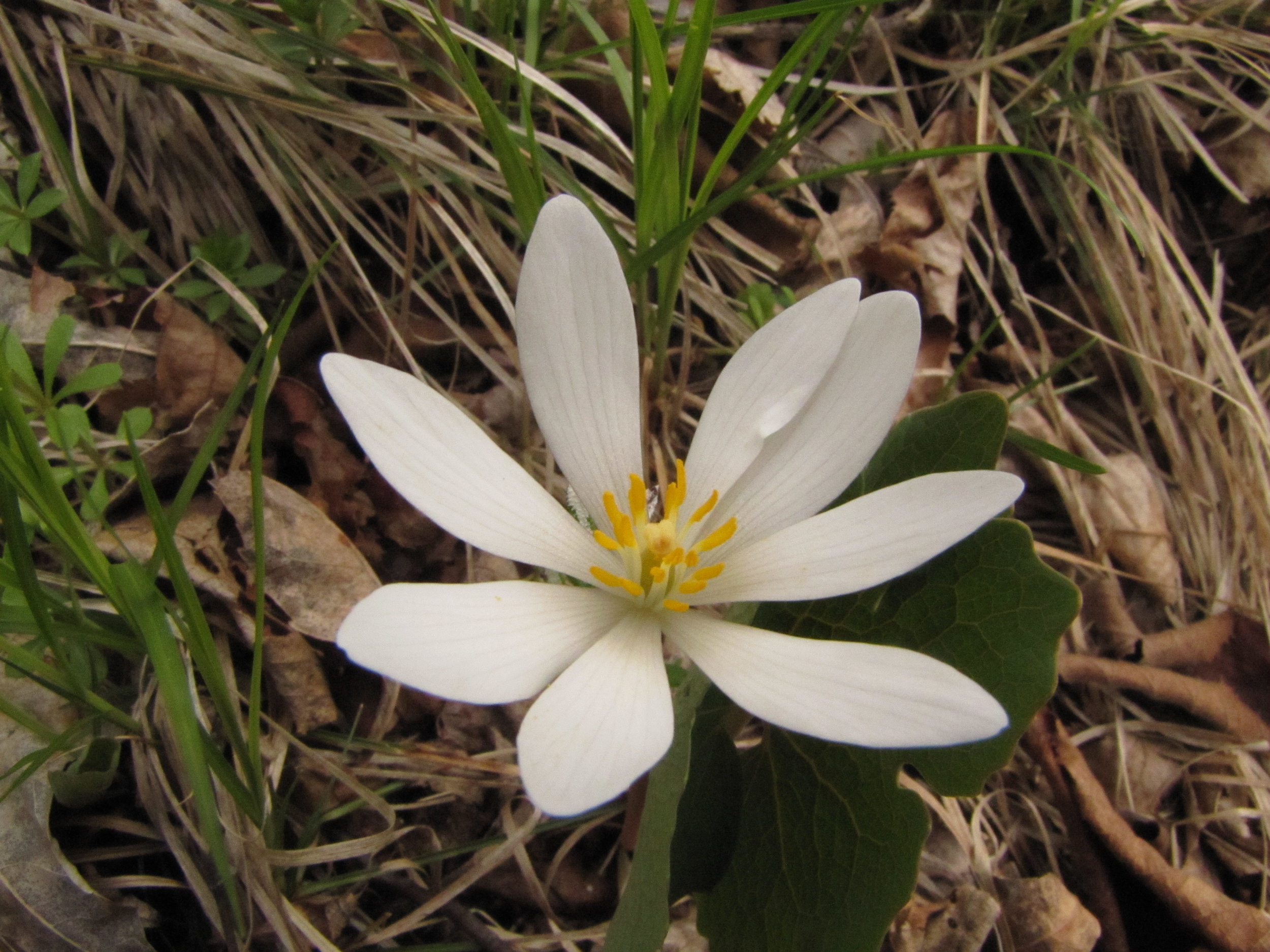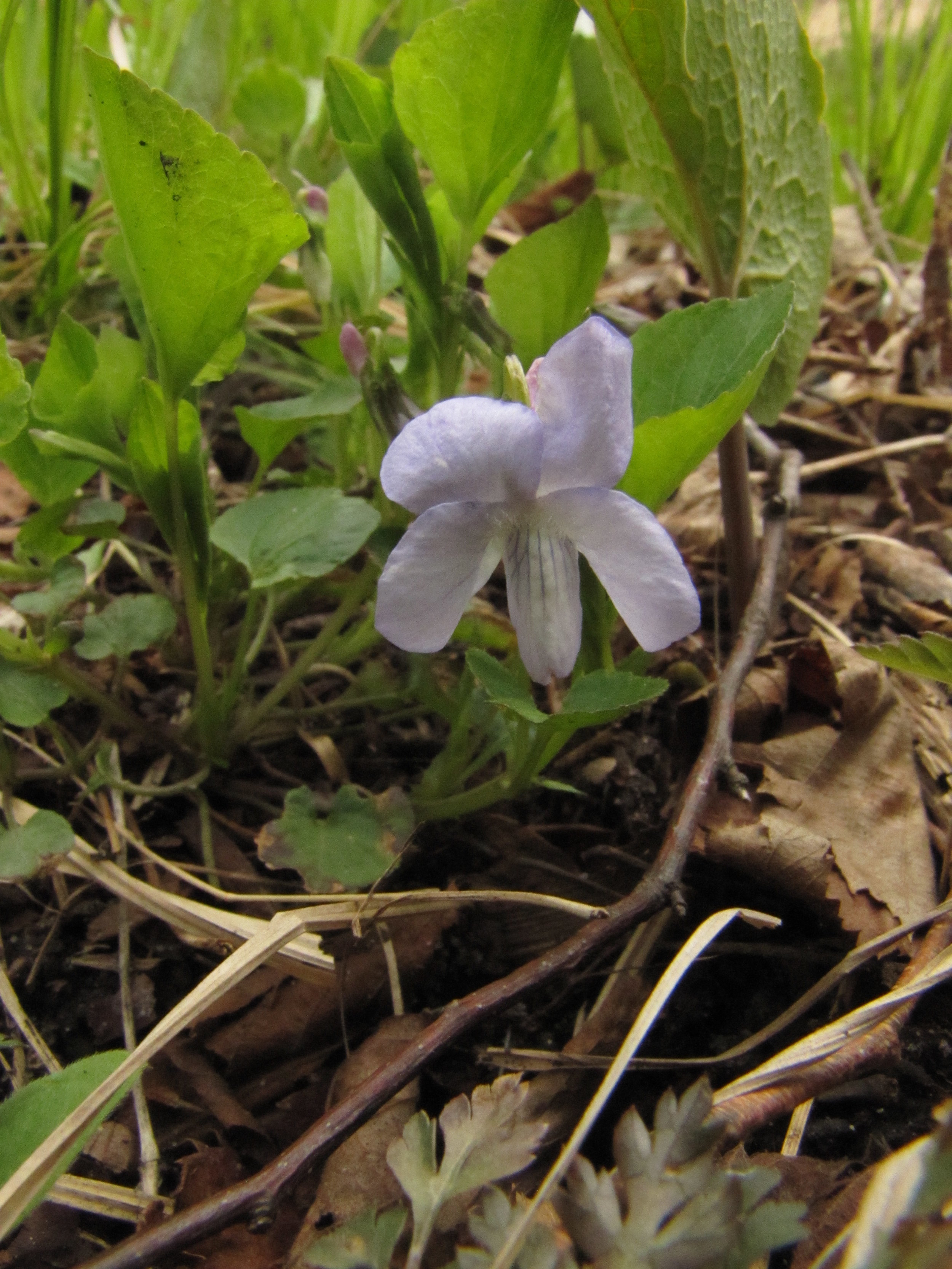Do you sometimes imagine what it is like out in the woods where I walk? Do stickers and mosquitos cross your mind? Trudging through prickly ash, tripping over vines? I thought you might wonder so I thought I would see if I could make things clearer for you. There are many places in the woods where I can walk unhampered by brush and bugs. The heavy canopy shades out the lower levels and provides almost park like places. There are deer trails through most of the village. I have discovered that I am not the same size as a deer. They duck down and go through brush, which in order to follow I would have to crawl on my hands and knees. I follow them when I can, but I also need to be off them to see plants, because deer eat as they walk.
There are times that I think a machete would help, but realistically it isn't worth the effort. The plants would just grow back in before I passed that way again.
There is a lot of up and down in the margins of the land. That is one of the reasons that is has been left unfarmed. Sometimes I walk along the bottoms, between the wooded hills and the bogs. Sometimes I stick to the high ground. My choice is made by where I need to check on things, and how the bugs are. This year has been rather chilly and wet. The mosquitos are surprisingly few, the biting flies have just started up. Some days I walk where the wind can cool me off or keep bugs away, other days I duck down into the cover, seeking protection from the elements.
Checking out the wet lands can be a challenge. There are deeper places out there (maybe three feet deep, I haven't had the pleasure of sinking in that deep!) and many places where the only way to see what is out there is to either put on boots or not care if my feet, shoes, pants get wet. I generally just go in shoes and try to stay out of the deepest spots. Slow and careful, one step at a time, and being willing to backtrack is the way to go. I have made some of my best "discoveries" while crouched down, trying to get a photo and not get too wet. I will glance around and there will be another plant I hadn't seen before.
In all I walk slowly. I try and keep an eye on the ground, looking for leaves that I don't recognize. In the spring I made the effort to ID all of the trees that I could, so I wouldn't be trying to look up and down at the same time. I am not really trying to be quiet, but I step carefully and it makes me that way. I have seen deer beds so fresh that the deer was still in them. I have looked up from the ground to see deer staring at me, trying to figure out what I am.
Sometimes I come upon things that were up high but have fallen to the ground. The other day it was a stick. The fungi on it was amazing. It formed shapes that looked like a labyrinth. Irpex lactus...Milkwhite toothed polypore. There is no end to the woods....
Milkwhite toothed Polypore


